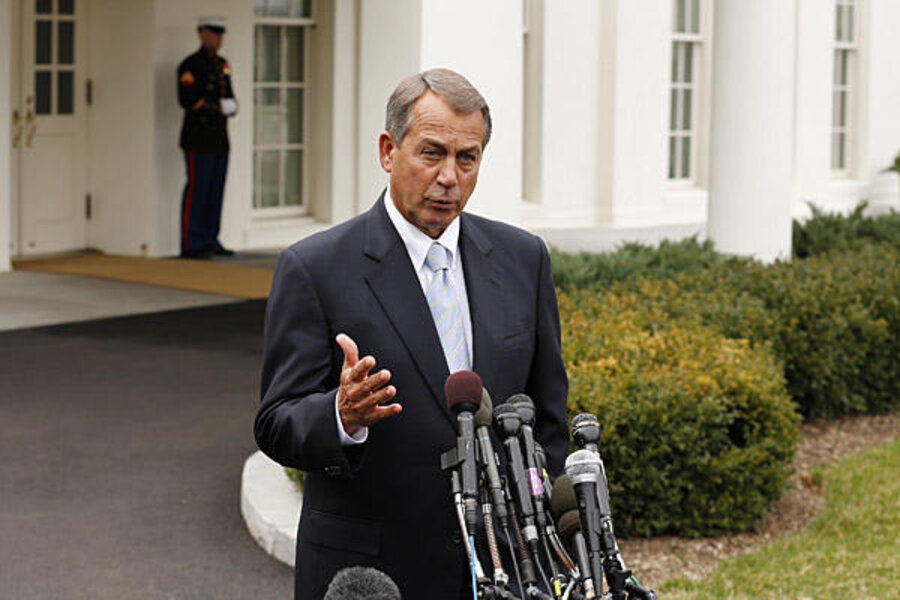The sequester won't last. Here's why.
Loading...
I suspect that by early next week, the sequester will be old news. We’ll be on to the next crisis—the impending government shutdown scheduled for just a month from now. And there may be good reason for that—any deal to avoid the shutdown will almost surely replace the effects of the sequester, at least for the rest of this fiscal year.
Indeed, when Congress and President Obama decide over the next month how they are going to keep the government running through Sept. 30, lawmakers will have the opportunity to adjust the across-the-board spending cuts any way they want. In fact, much of the debate will be over just how much of the sequestered funds will be restored in that six month spending bill.
And that won’t be the end of it. Congress will then have exactly the same argument over the fiscal 2014 budget. Lawmakers are supposed to finish that fiscal blueprint by the end of September, though they almost certainly will not. The point is, the sequester is not written on stone tablets. Like every other budget gimmick Congress invents, this one can be rewritten, waived, and otherwise adjusted. And like every one before it, it probably will be.
The result is that many of the dreaded consequences of the sequester will never happen. Or, they’ll be overwhelmed by the effects of a government shutdown. Take, for example, federal employee furloughs. The sequester forces as many as one million workers to take limited time off without pay—on average for about 14 days spread over the next seven months. But those furloughs can’t take start until April 1.
If Congress can’t agree on a spending bill by the end of March, nearly all agencies will be shut down and all their employees laid off on April 1, making the sequester’s relatively modest furloughs irrelevant. On the other hand, if Congress and the president do agree on a budget for the rest of fiscal 2013, as they ultimately must, they are likely to make major changes to the sequester—adding money for some agencies, cutting for others, and very likely reducing the overall spending cuts entirely. Thus, many of those furloughs will never take place.
How can this happen? Simple. The across-the-board spending cuts continue through 2021. But only on paper.
The law creating the sequester (the Budget Control Act of 2011) lowers statutory caps on the spending authority of federal agencies. The money Congress gives each agency every year—appropriations—is technically not allowed to exceed those limits. Trouble is, Congress can waive the caps. And, in fact has been doing so since at least the late 1980s–soon after it enacted a sequester under the Gramm Rudman Hollings budget law. No matter the language of the sequester, what Congress creates, it can just as easily destroy.
Because the sequester did lower the official budget baseline, restoring cuts will look like a spending increase and may prove awkward for some Republicans. But that is easily fixed—Congress will simply add back spending for 2013 while promising to cut more in future years.
The process is slightly different for mandatory spending, since Congress doesn’t appropriate money for those programs each year. But as part of any late March budget agreement, lawmakers can simply adjust the sequester’s cuts to Medicare providers and other reductions in mandatory spending.
So the bottom line is this: For all the handwringing about the sequester, many of its effects are likely to be undone before they ever bite. I suspect this is no accident. Budget wonks knew exactly what would happen when Congress agreed to delay the sequester from January 1 to March 1 rather than March 28.
A month’s worth of sequester will be disruptive to business. And federal agencies will be spending weeks adjusting to cuts that may never happen instead of doing their real work. But it will give political cover to tea party Republicans, who can claim a fiscal trophy. And give Democrats the opportunity to blame the GOP for a potential parade of horribles, from airport delays to toxic meat. But, soon enough, it will be just another footnote in Washington’s shameless tale of fiscal irresponsibility.







